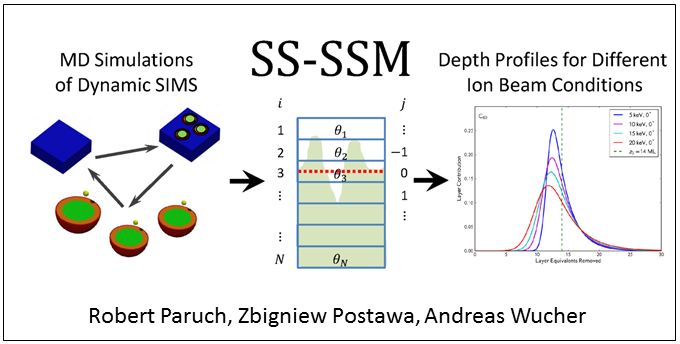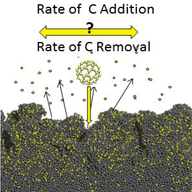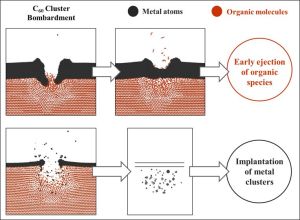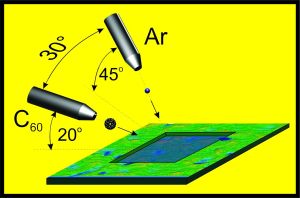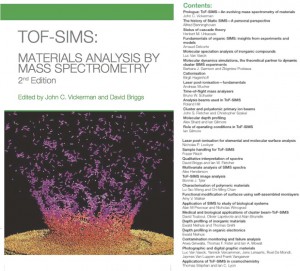The overall goal of the group research is to model realistically the reactions and interactions of molecules at surfaces with two emphases. First, we want the model to be sufficiently accurate so that direct comparisons to experimental data can be made. Second, the models should yield microscopic pictures not available from experimental data. When both of these conditions are met, then it has been possible to suggest new experiments to perform. The most recent work has been aimed at modeling the repetitive bombardment of solids by energetic cluster projectiles as is applicable for the analytical technique of secondary ion mass spectrometry (SIMS) and developing methodology to interpret the results.
Divide and Conquer Repetitive Bombardment Simulations for modeling SIMS depth profiling experiments
After modeling single impact events, it became clear that the important issue to the experimentalists was depth profiling and that we needed to figure out a way to efficiently model the repetitive bombardment process. We developed a divide and conquer protocol to make modeling repetitive bombardment computationally tractable. The essence of the divide and conquer protocol is to extract a subsystem of the particles for each impact and after the individual calculation is finished then reinsert the particles into the master sample. More information including animations, an example and references – Divide and Conquer
Steady State Statistical Sputtering Model for analyzing the repetitive bombardment simulations
Even though the divide and conquer simulations provide insight into the conditions of repetitive bombardment, there is insufficient material removed and the results are too noisy statistically to predict a depth profile of a delta layer. Following the development by our collaborators Kristin Krantzman and Andreas Wucher of the statistical sputtering model (SSM), we developed the steady state statistical sputtering model (SS-SSM) in order to interpret the results of the divide and conquer simulations. The essence of the model is to divide the system into layers. Kinetic equations are established for the ejection of material from each layer as well as displacements of material between layers. The input quantities for the model are taken from the molecular dynamics simulations using the divide and conquer approach. Solution of the coupled differential equations gives a predicted depth profile of a delta layer. More information – example and references – SS-SSM
Other Recent Projects
C deposition, Metal overlayers on an organic substrate, co-bombardment with low energy Ar – Recent Studies
Animations and Review Articles
See – Animations


